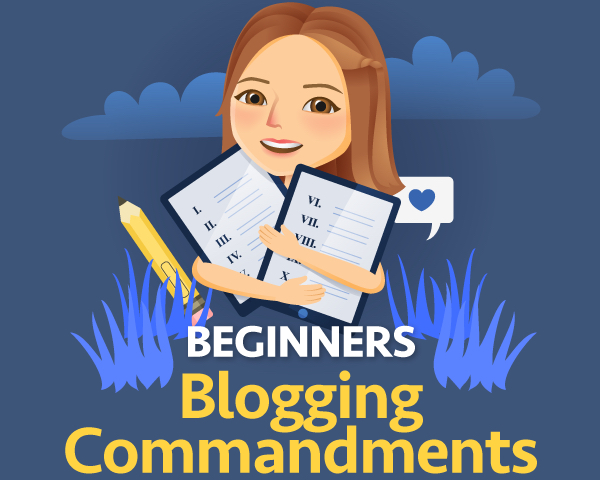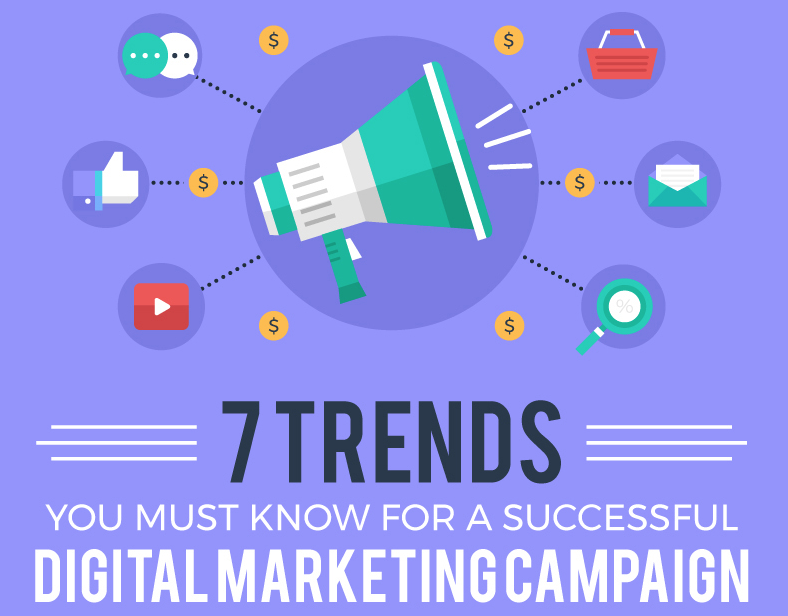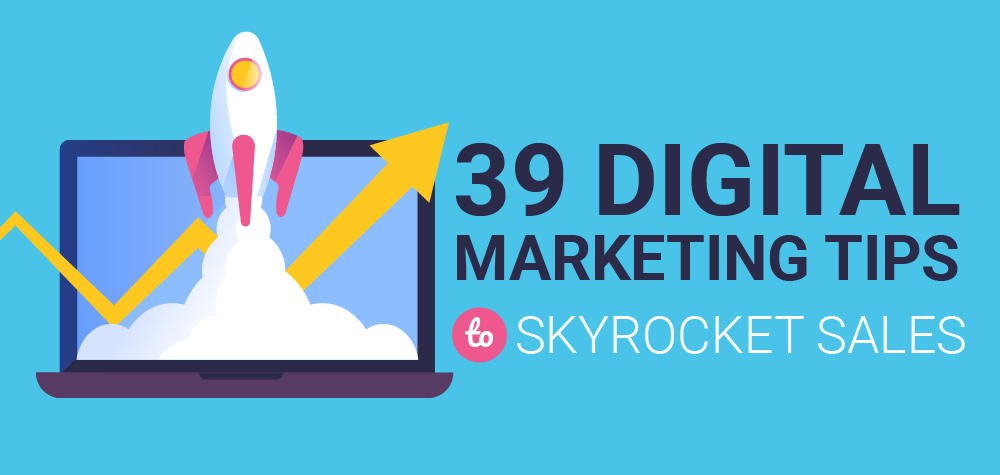How to spot a scam when you are buying websites
March 26, 2019
What should you consider when creating a logo?
March 25, 2019
How to Decrease Your Bounce Rate
March 22, 2019
5 Benefits Of Taking A DevOps Course For Businesses
February 27, 2019
2019 Digital Marketing Best Practices – Updated for 2020
February 24, 2019
7 Data-Led Insights Into Paid Social Ads
February 22, 2019
Creating a Winning Team for Your Digital Marketing Agency
February 19, 2019
39 Digital Marketing Tips to Skyrocket Leads & Sales
February 19, 2019








